Tornados ( also known as twisters, cyclones, or funnels ) are powerful vertical columns of rapidly spinning air that extend from a thunderstorm to the ground. With the right conditions, tornados can occur almost anywhere, but Tornado Alley in the United States is a hotspot area. It includes Northern Texas, Louisiana, Oklahoma, Kansas, Nebraska, Iowa, and South Dakota.

Tornados can cause huge amounts of damage, from destroying buildings and bridges to picking up and dropping people. Flying debris is a major cause of injury from tornados.
This activity is part of my Around the World in 50 Experiments series and shows you how to create a mini tornado in a jar!
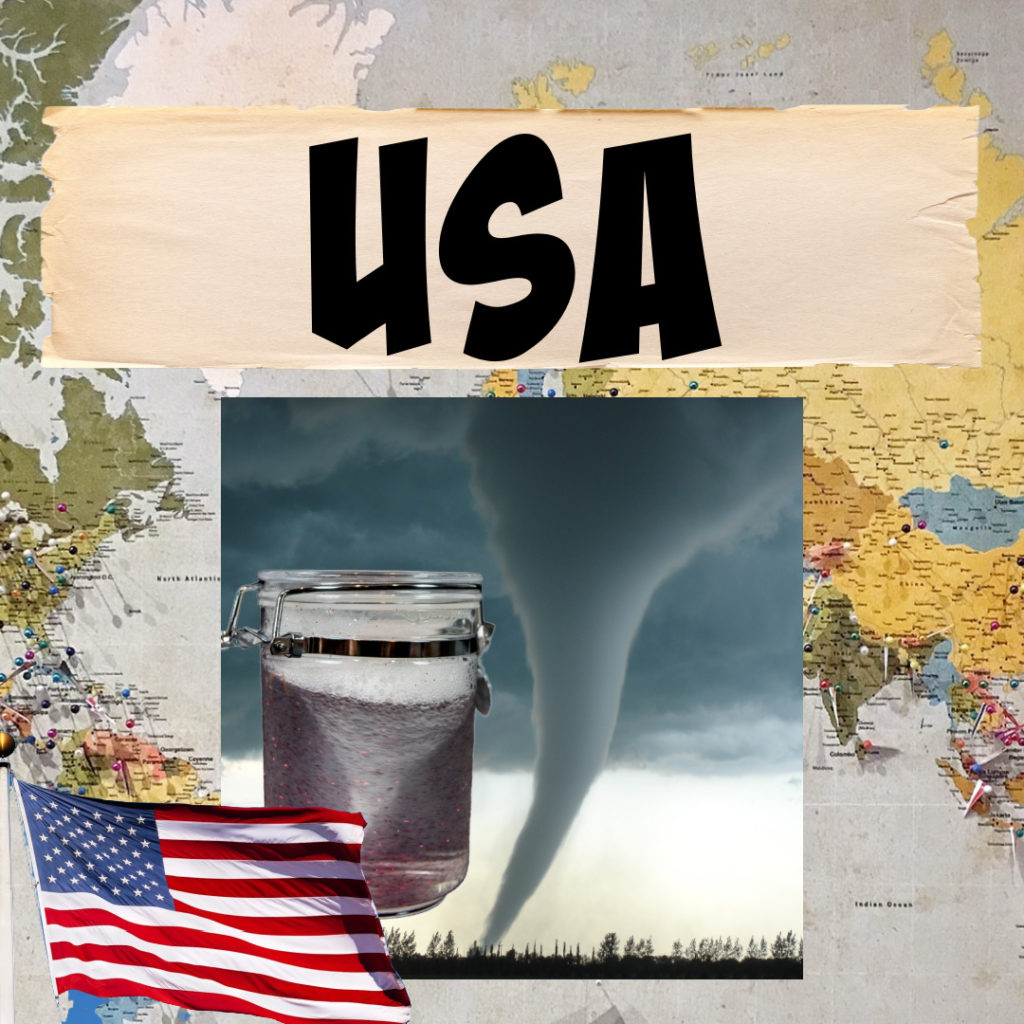
Tornados are a fairly frequent occurrence, with over 1000 per year in the United States alone.
How to make a tornado in a jar
You'll need
A small wide jar with a lid
Water
Dish soap ( washing up liquid )
Glitter
Instructions
Fill the jar to almost the top with water and add a little dish soap ( washing up liquid ) and glitter.
Pop the lid on the top and swirl the jar around . You should see a vortex form which looks like a tornado.
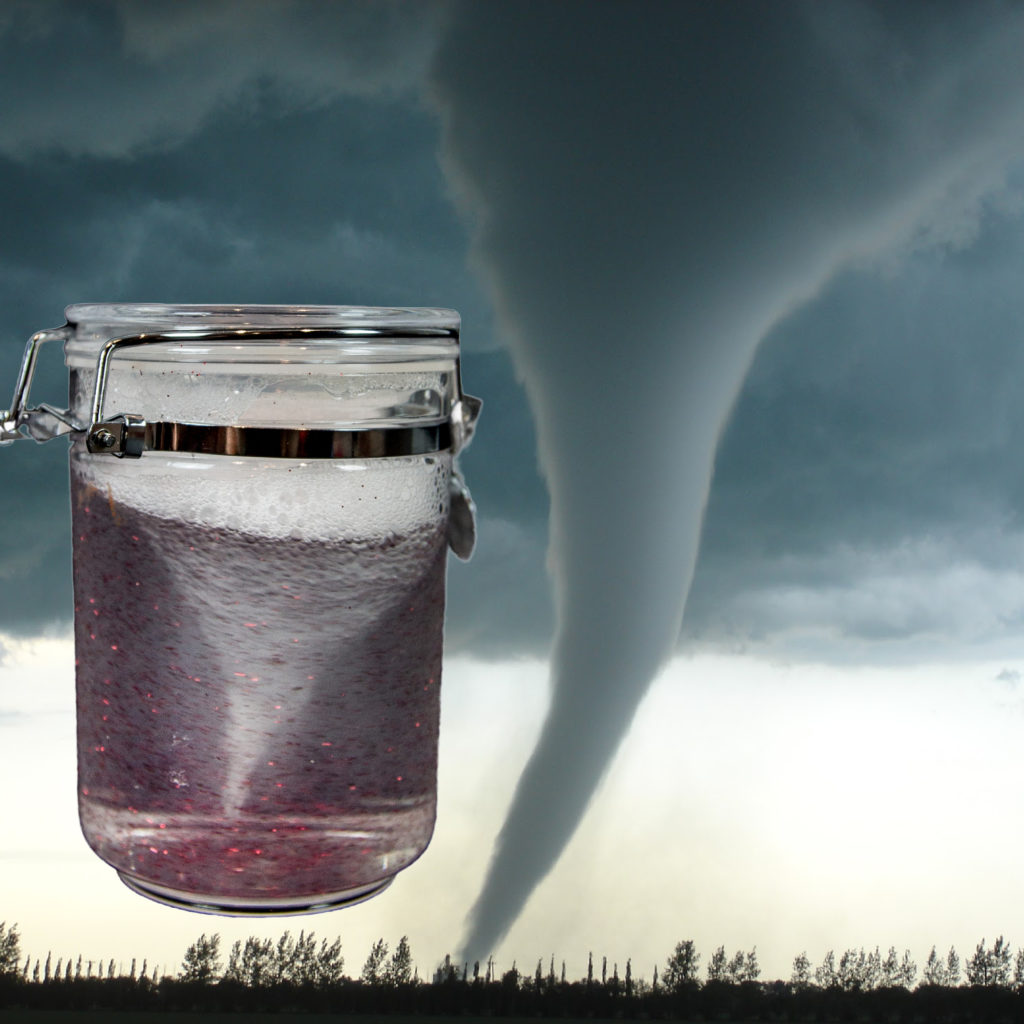
Tornado Facts
A tornado is only classed as a tornado if it hits the ground.
Most tornados form once the sun has had time to warm the ground and air in the afternoon.
The intensity of a tornado is measured on the Enhanced Fujita Scale between EF-0 and EF-5. F5 is the most violent, and EF-0 is the weakest.
Hail is a common thunderstorm feature that precedes or accompanies a tornado.
Tornados can look invisible until they pick up dust and debris.
A tornado can last anywhere from a few minutes to several hours once it hits the ground.
Tornado wind speed can be up to 300 miles per hour!
Tornados can have more than one vortex!!
The most destructive tornado on record was in Bangladesh in 1989. It destroyed over 20 villages and killed about 1300 people!
How does a tornado form?
Tornados usually form when moist, warm air collides with dry, cold air in the atmosphere.
Warm air rises, and cold air falls, creating a large thunderstorm. The combination of updrafts of air and winds moving at different speeds can cause a spinning effect. If a funnel cloud forms and becomes long enough to touch the ground, it turns into a tornado!
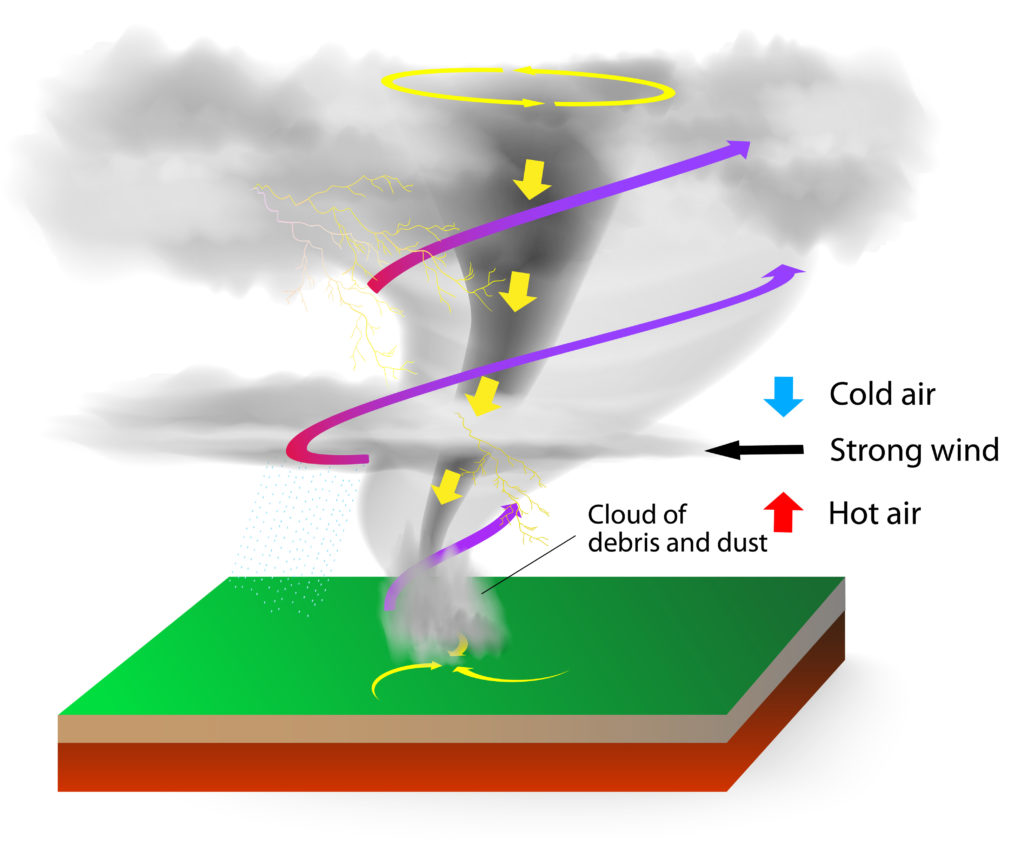
What is a waterspout?
A waterspout is a tornado that occurs over water; this is especially common in the tropics. Water is drawn up into the waterspout. They are usually less violent than a tornado but can capsize boats.
What is a supercell?
A supercell is a big thunderstorm that lasts a long time. The most destructive tornados are formed inside supercells.
More Weather Science Experiments
Try one of my collection of easy weather science experiments.
Learn all about rainbows. How and why rainbows form and how you can make your own.
This rainbow rain activity from Steam Powered Family is brilliant, too!
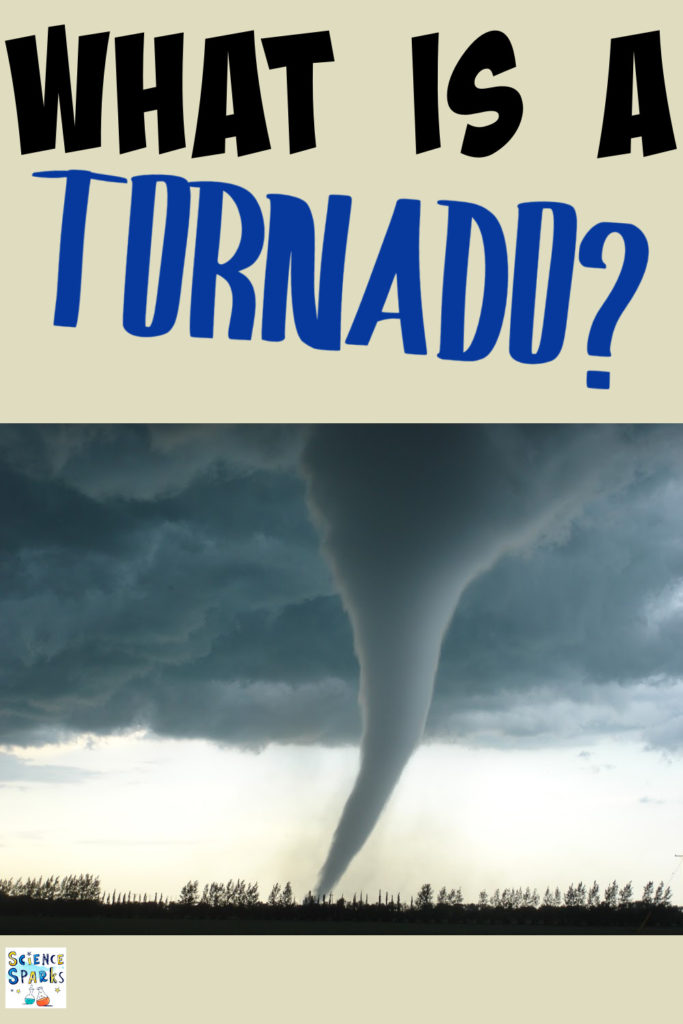
Last Updated on February 17, 2025 by Emma Vanstone
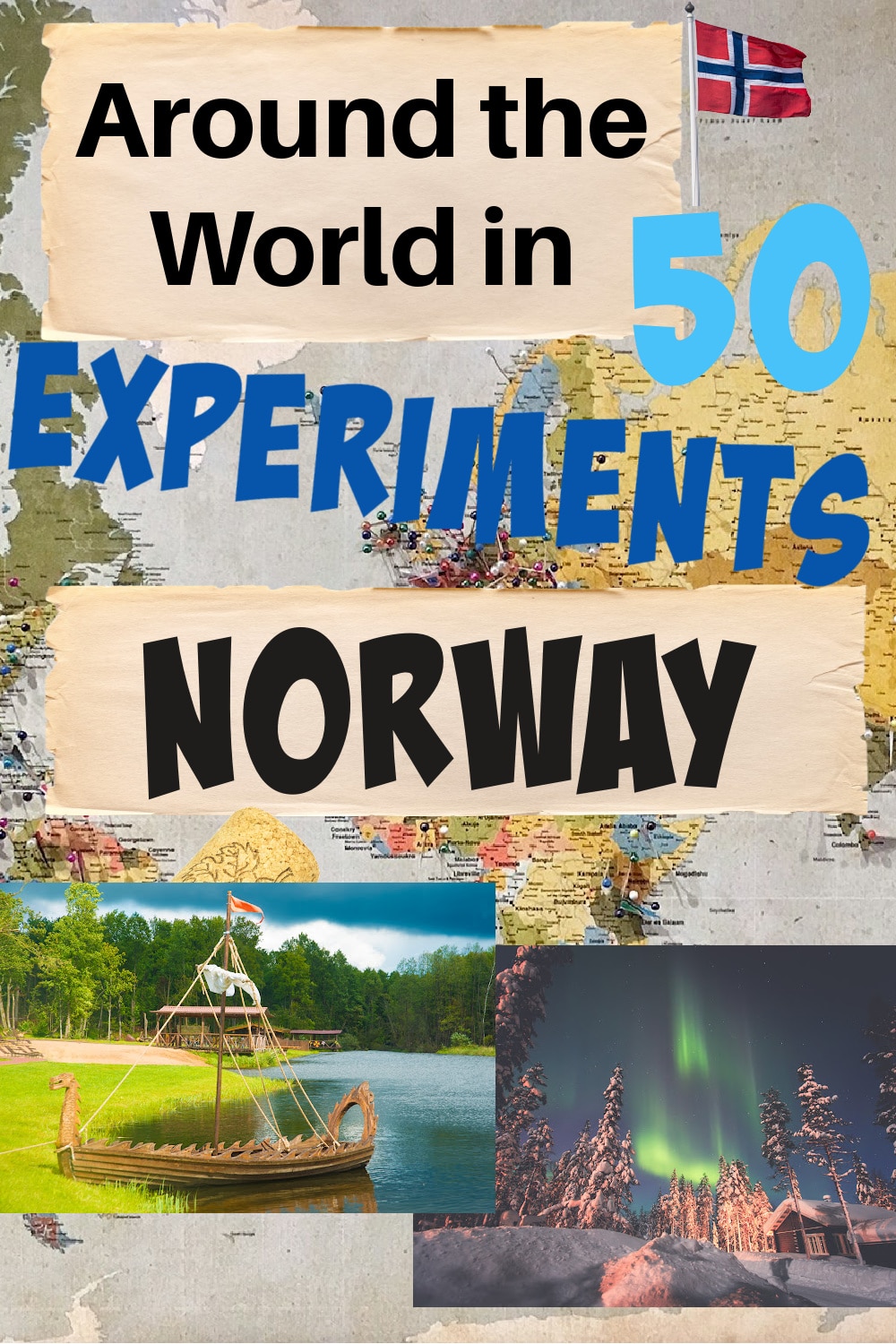
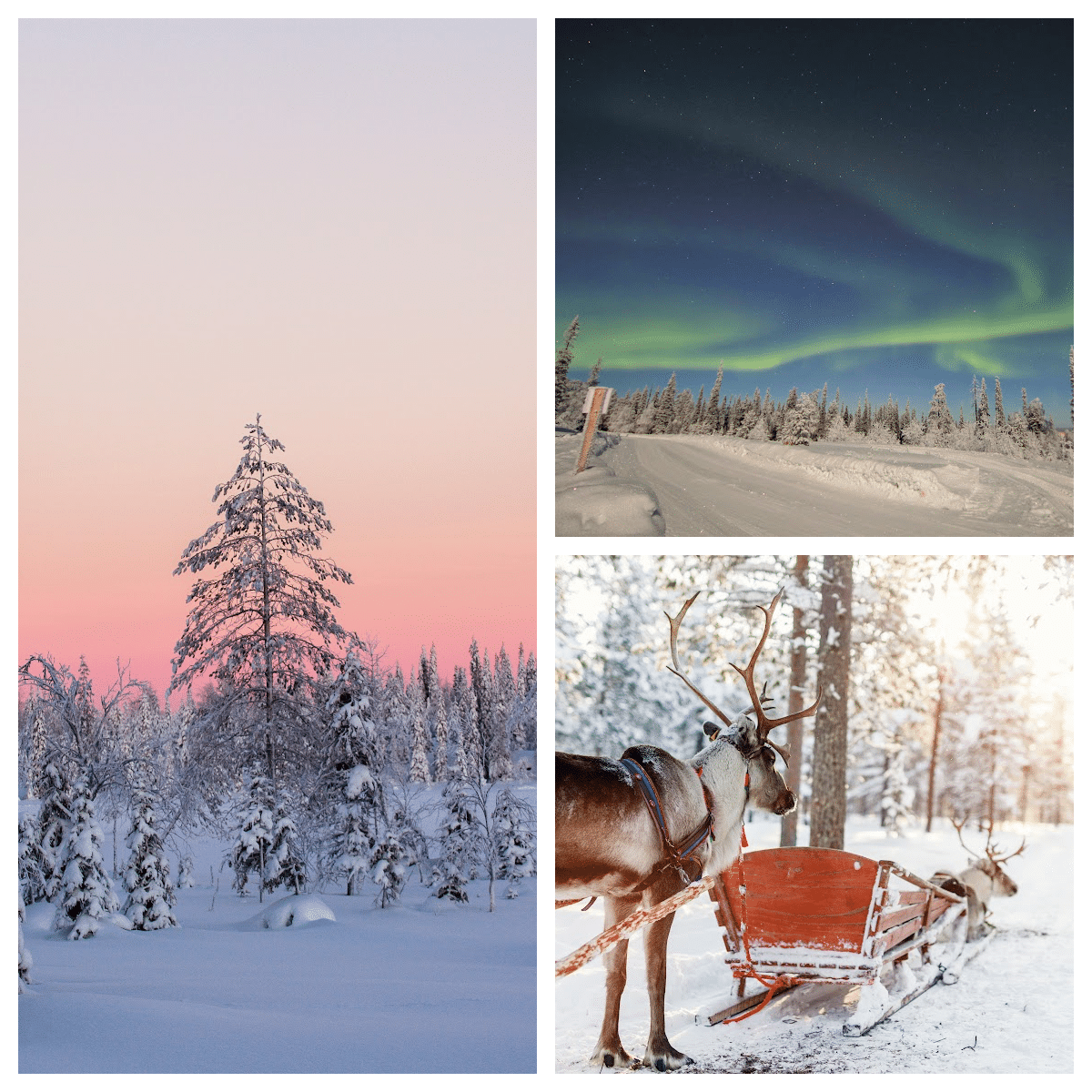


Leave a Reply